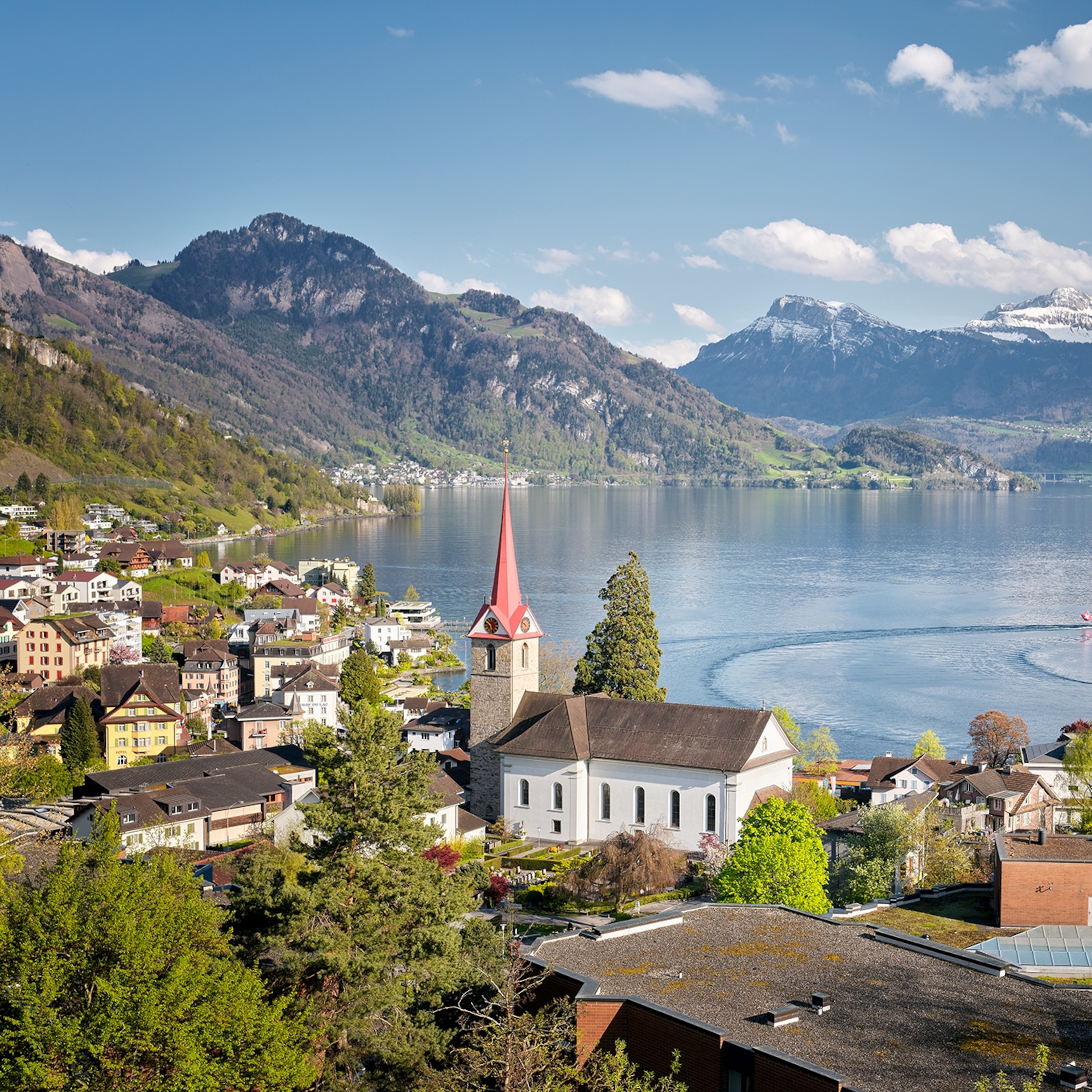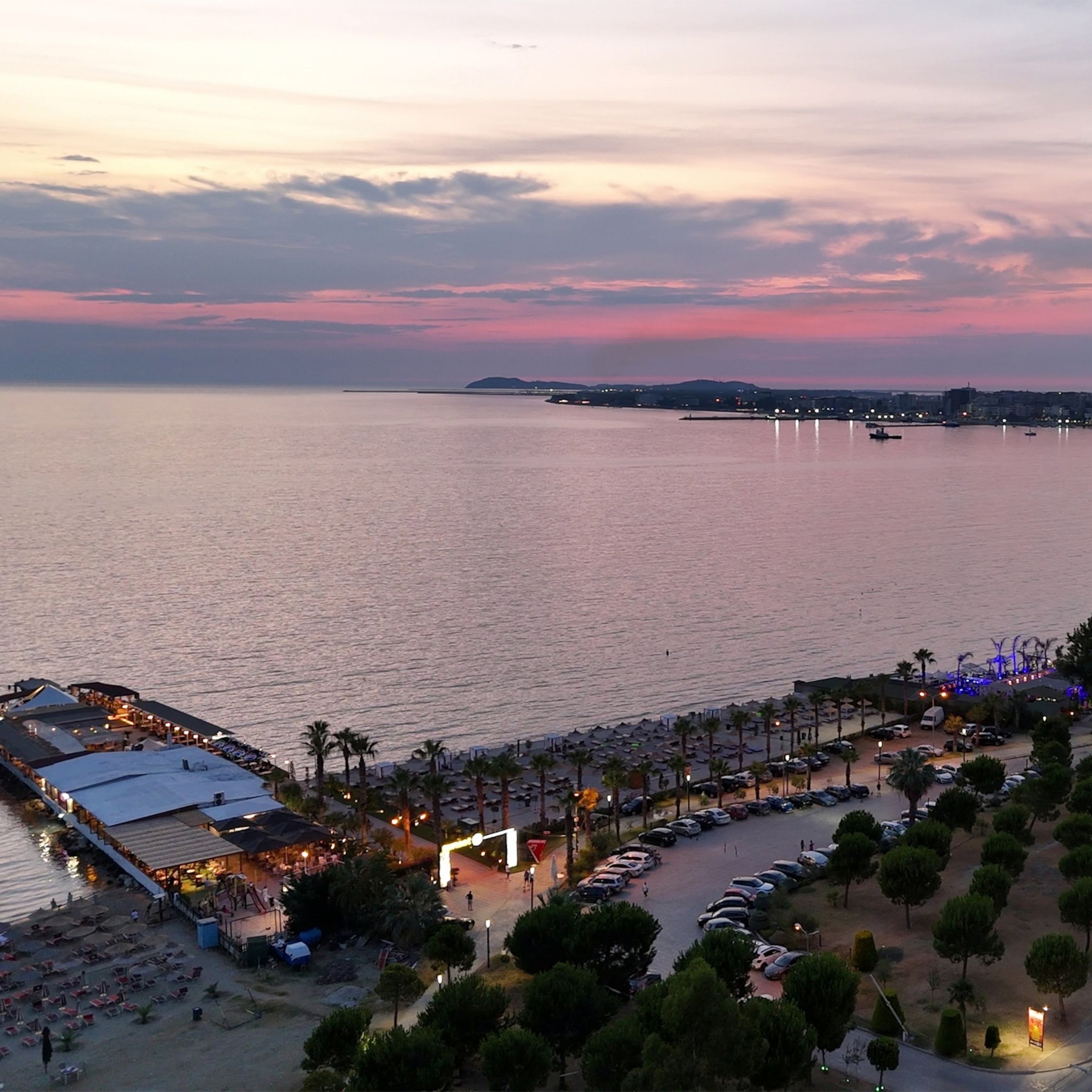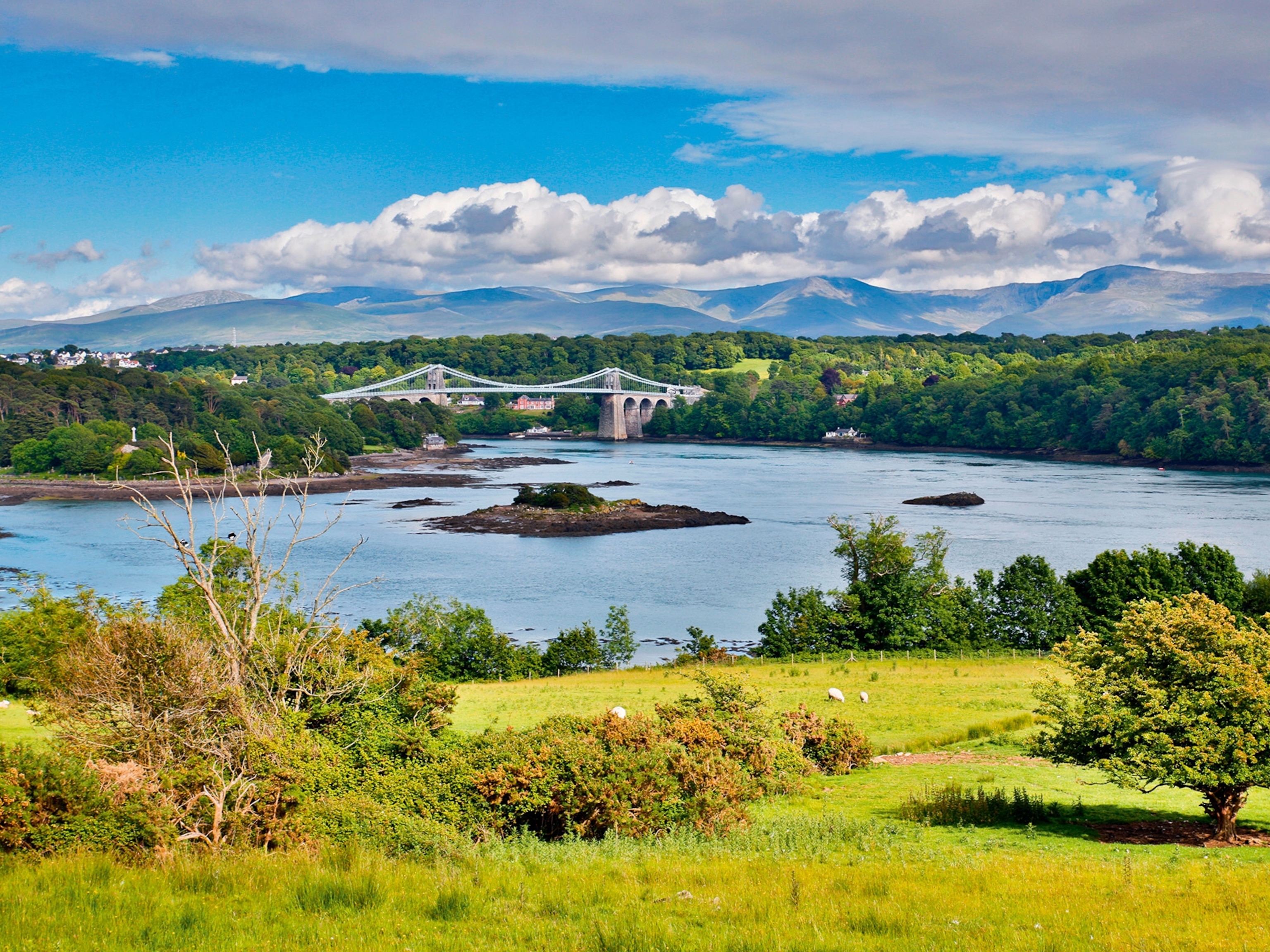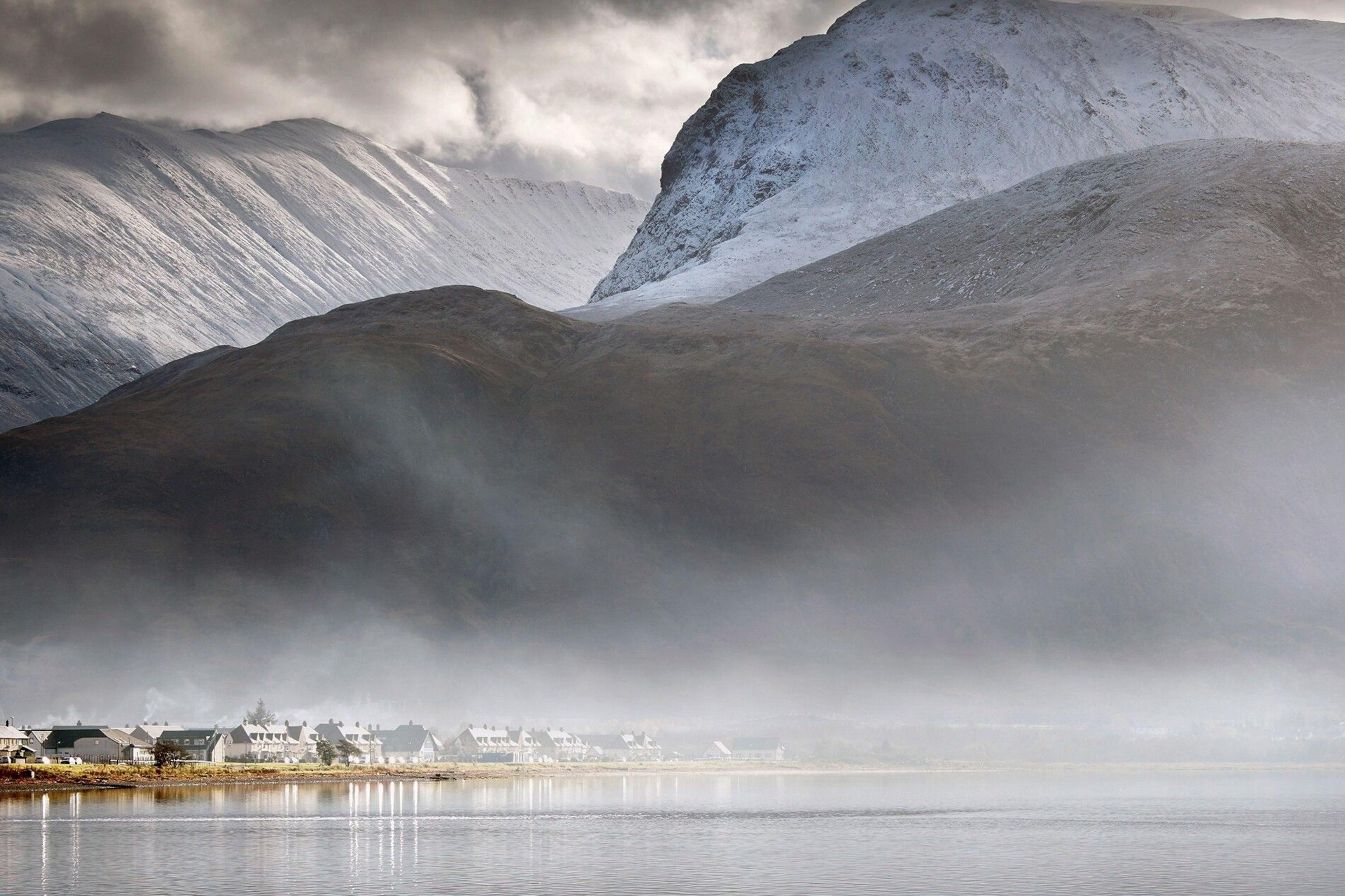
How to spend a weekend in Fort William and Glencoe
In the shadow of Ben Nevis, the town of Fort William and the nearby valley of Glencoe offer a rugged springboard for outdoors adventures, with hiking, biking and Highland history all in easy reach.
The Highlands weren’t so named by chance. Their crowning glory, Ben Nevis, is famously the highest mountain in the UK, but it’s no lonely monolith: the tallest 75 peaks in the British Isles are all found in Scotland (their nearest competitor, Wales’ Snowdon, enters the charts at a lowly number 76). This swathe of the country is a steep-sided, cairn-clustered magnet for anyone with fresh air and adventure in mind — and one particular area of the western Highlands draws more attention than most.
In Fort William, on the shores of Loch Linnhe, the mountain biking is fabled, the climbing first-rate and the long-distance trails numberless. The town is also bristling with Scottish history — a trait it shares with the scenic valley of Glencoe, which lies less than half an hour’s drive away. Combining these two spots makes for a bracing way to spend a short break. Expect deep glens, fearsome ridgelines and film-worthy panoramas — and lots of time feeling very small indeed.
Day one: history, heights & heavens
Morning
Fort William might not be Scotland’s most picturesque town, but it has some intriguing corners and acts as an ideal base from which to explore this part of the country. Head first to the compact West Highland Museum on Cameron Square, which is free to visit (although currently only operating in pre-bookable time slots). It leads you through the region’s tempestuous history, with emphases on Bonnie Prince Charlie and the Jacobite Rebellion, and houses some stellar exhibits, including the dapper Highland outfit given by Queen Victoria to her attendant, John Brown.
The town’s eponymous 17th-century fort was dismantled in 1860, but the site on which it stood is an easy stroll from the centre. All that remains today are grassy ramparts and bulky walls, but the views of Loch Linnhe are well worth the trip.
Afternoon
Around six miles from Fort William, Nevis Range is one of the UK’s best-known mountain biking centres. The venue has hosted UCI Mountain Bike World Cup races since 2002, but you don’t need to be a single-track demon to enjoy it. Although its two gondola-assisted downhill trails are for experienced riders only, a network of other well-designed tracks cater for beginners and intermediates. Onsite bike hire can be arranged at Nevis Cycles, which also has an outlet in town, and private and group lessons are available.
A direct bus travels between Fort William and Nevis Range several times daily. Meanwhile, for those who already have their own two wheels, the same journey can be made along a dedicated cycle path. The trails at Nevis Range are usually open between late March and October.
Evening
Weather looking good? Fort William Sea Tours runs rigid inflatable boat tours on Loch Linnhe and Loch Eil, giving you the chance to spot local wildlife and soak up the oversized scenery. The 90-minute voyages take in the local Glen Etive seal colony and, if you’re lucky, you might also glimpse dolphins, otters or golden eagles. Trips usually run several times daily between April and October, with additional evening departures in summer.
Back on land, and a five-minute drive from the town centre, stands the Ben Nevis Visitor Centre (formerly the Glen Nevis Visitor Centre), its surrounding glen a designated Dark Sky Discovery Site thanks to the lack of light pollution. When you’re done admiring the night sky, the nearby Ben Nevis Inn occupies a converted dairy barn and offers an atmospheric spot for a pint.
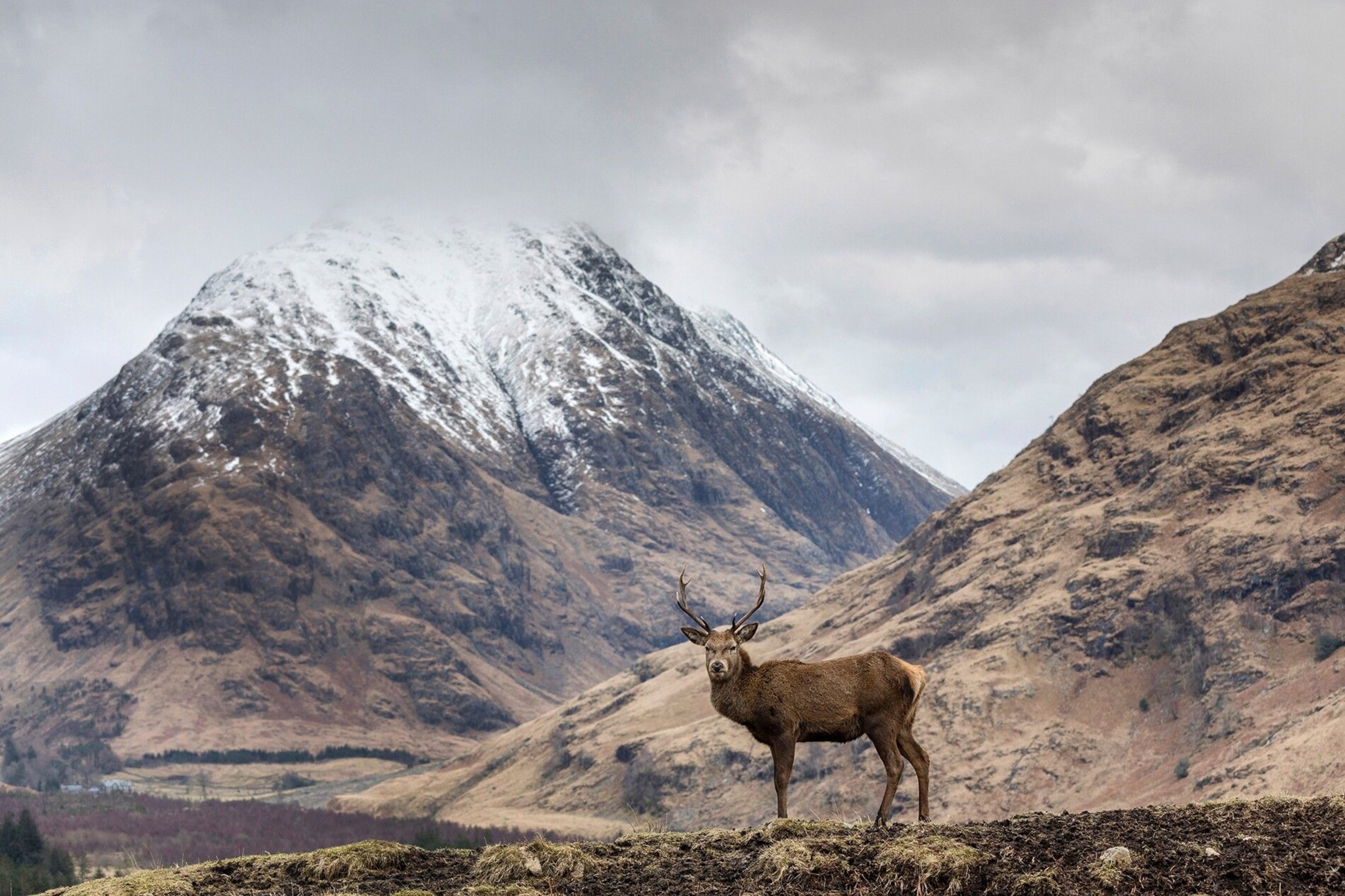
Day two: road trips and rambles
Morning
On to Glencoe, the valley that takes Scotland’s mountain scenery and turns it up a notch. What you’re looking at is actually the remnants of an ancient supervolcano, and the overall effect is one of awe-inspiring craggy drama: the mountains are vast green goliaths, gouged by glaciers, laced with waterfalls, and flanking both sides of the glen.
Many travellers simply drive through Glencoe, pulling over to take a few snaps, but it pays dividends to linger a little longer. A good first stop is the award-winning Glencoe Visitor Centre. As well as taking you through the geology, flora and fauna of the surrounding area, it also details the infamous Glencoe Massacre of 1692, when members of the MacDonald clan were killed by government forces.
Afternoon
Lace up your boots — there are countless trails to follow here, from short nature walks to full-day ridge traverses. If you’re searching for a hike that falls somewhere between the two, an ascent of the 2,430ft Pap of Glencoe is a fine choice. It starts from the village of Glencoe itself, so you can fuel up on sandwiches and flapjacks at Glencoe Cafe before setting off. From there, stride along the glorious River Coe and into the hills. While the route is reasonably straightforward and well signposted, and you’re likely to pass other walkers, bringing a map is always wise. Reaching the Pap’s distinctive cone-shaped summit requires some basic scrambling, but the rewards are superb, with lochs in one direction and the glen’s blockbuster topography in the other.
Evening
The directors of the Harry Potter films were fond of shooting scenes in Glencoe, and it’s still common to come across Potterphiles here seeking out the filming location of Hagrid’s hut. Nothing remains of the hut itself these days, but the site is just minutes away from a Glencoe icon that’s very much still standing: the Clachaig Inn. The former coaching inn dates back to the 16th century and has achieved legendary status among climbers, mountaineers and hikers. Its outdoor tables look out across the glen, but as the evening wears on, the best place to sample the inn’s muddy-trousered ambience is the Boots Bar, whose flagstones, log-burners and local real ales have been drawing in outdoor-lovers for decades. And the food, as you might expect when catering for walkers, is well-portioned.
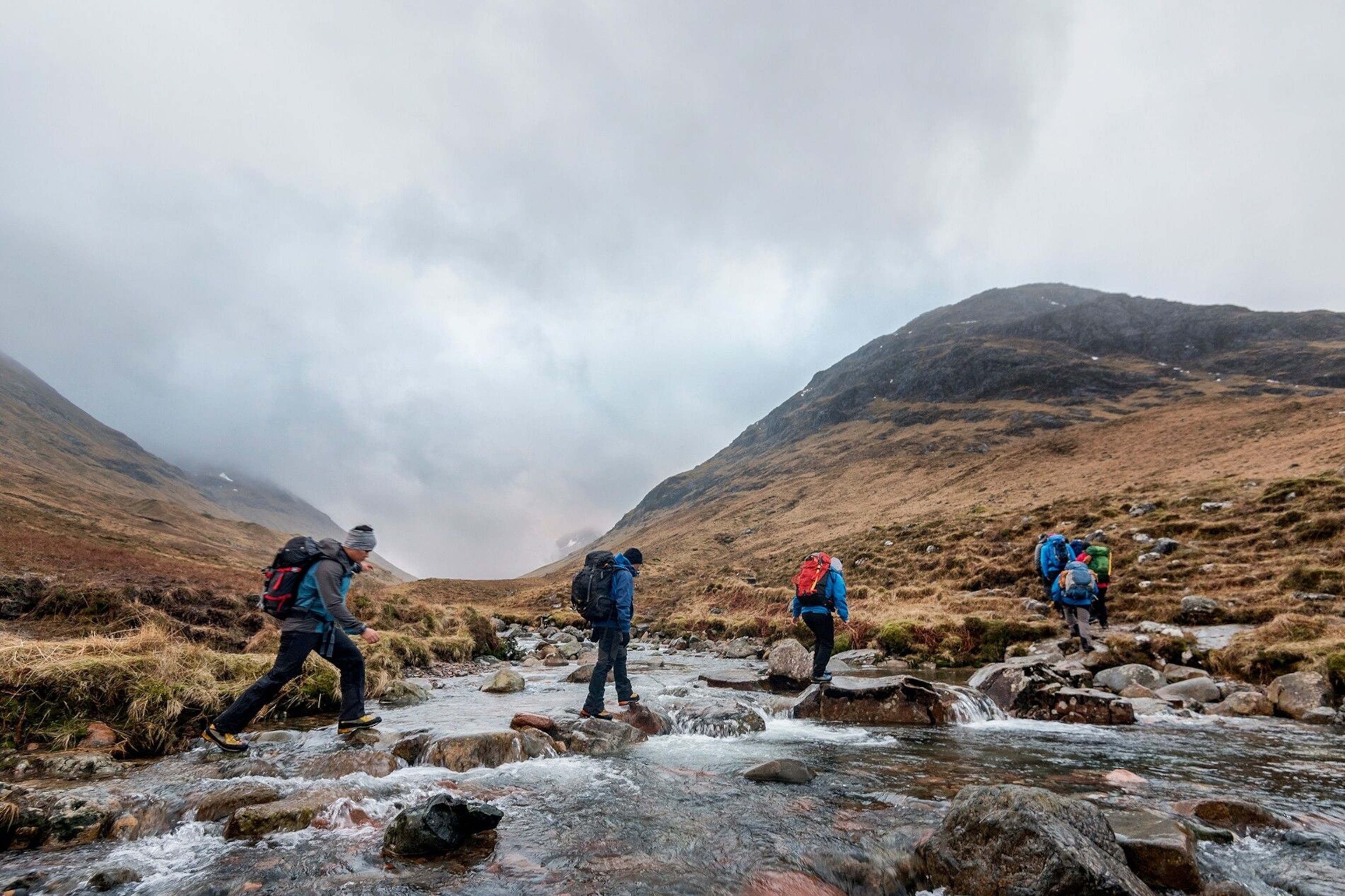
Three great Scottish rail journeys
Fort William has been served by the railway for nearly 130 years. Today, it’s a stop on the overnight Caledonian Sleeper Highlander route from London and sits smack-bang on a world-famous stretch of track
Fort William to Mallaig
This is the route that sends rail enthusiasts weak at the pistons. The Jacobite Steam Train winds between lochs and mountains all the way to Mallaig, a small fishing port and key hub for ferry travel to Skye and the Small Isles. On the 41-mile journey, attention tends to fall on the Glenfinnan Viaduct, the spectacular 21-arch bridge made famous by the Harry Potter films — but it’s just one of many highlights in a moving canvas of impossibly rugged vistas. The service runs several times daily in season (usually April to October, but continuing to mid-November this year), but if you’re more into the views than the vehicle, it’s worth knowing you can take a regular passenger service along the same route for half the price. westcoastrailways.co.uk
Fort William to Glasgow
This 122-mile route takes you south to Glasgow’s Queen Street station. More than just a way of rumbling to and from Scotland’s biggest city, the route serves up prime-grade Scottish scenery of its own. The moody, hill-bordered expanse of Rannoch Moor takes top billing — the mind boggles as to how a railway line was built across such a soggy, empty vastness — and the stations passed along the way are among the most remote in the country. One of them, Corrour, is the highest mainline railway station in the UK, and its isolated location saw it feature in the 1996 film Trainspotting, when Renton and friends resolutely refuse to leave the platform to venture into the nearby mountains. More fool them.
Fort William to Oban
The journey to the coastal town of Oban requires a change of train in Crianlarich, a village within easy striking distance of several Munros. The 33-mile line from here to Oban is superb, passing a ruined castle on the banks of the aptly named Loch Awe and descending through woodland to reach the coast. Oban itself sits on a picturesque bay in the Firth of Lorn and provides plenty of reasons to linger, including a 226-year-old distillery, two Michelin-recommended restaurants (Baab and Etive) and the bizarre McCaig’s Tower, a colosseum-style folly atop Battery Hill. If you really want to make a trip of it, Oban is also the setting-off point for ferries across to Mull and other Hebridean islands.
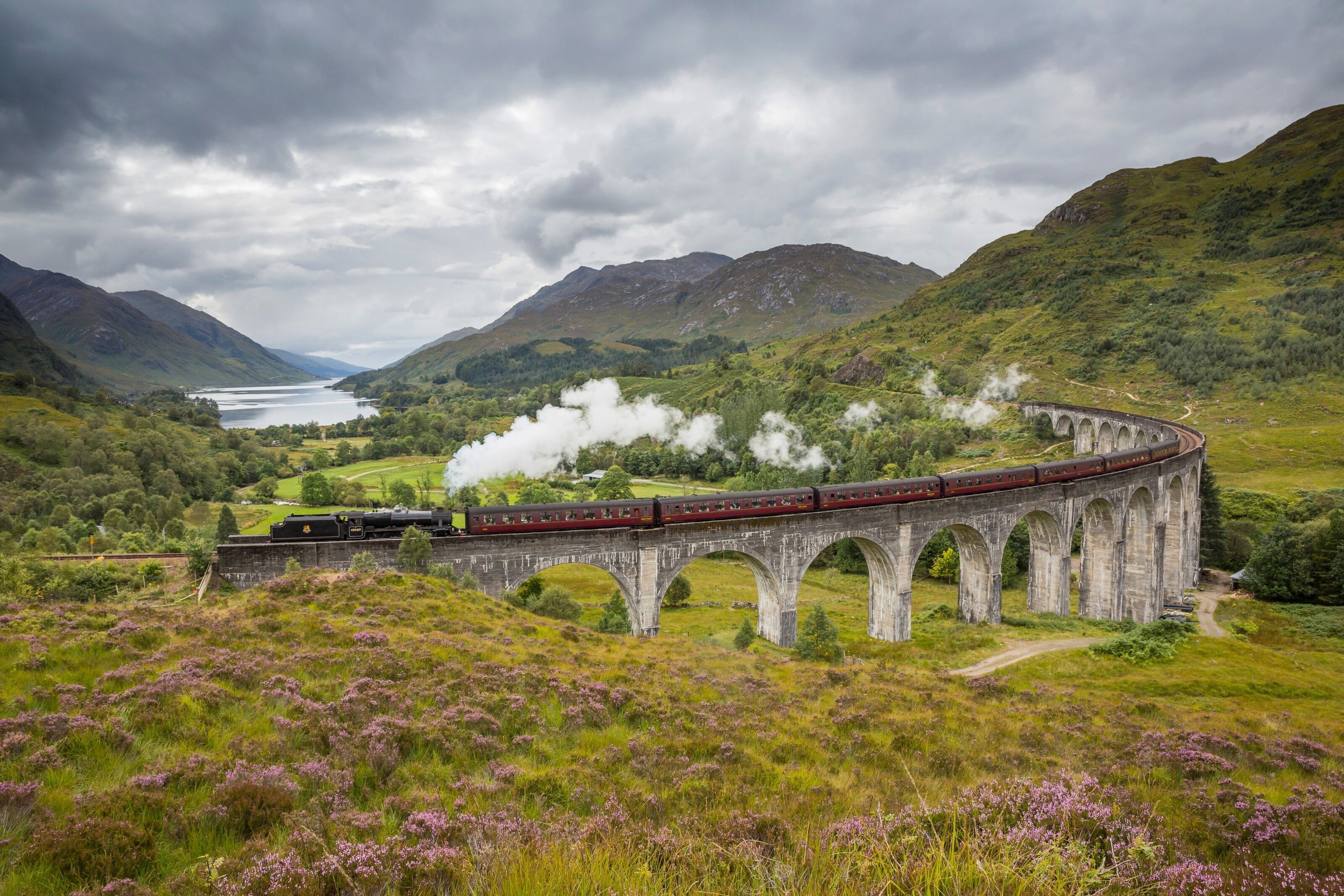
Five walks in the region
Lost Valley
A short, sharp climb from Glencoe’s valley floor takes you past rushing streams to the so-called Lost Valley. This peak-ringed plateau concealed from view is said to be where the MacDonald clan hid their rustled cattle.
Ben Nevis
An ascent of the UK’s highest mountain remains hugely popular, but beware you’ll likely need up to eight hours to make the 10-mile return trip to the summit. And don’t forget the basics: a map, compass, water and appropriate hiking gear.
Great Glen Way
This 79-mile trail runs from Fort William to Inverness, broadly following the Caledonian Canal. Operators including Wilderness Scotland offer accommodation packages.
Buachaille Etive Mòr
Climbing the pyramidal bulk of Buachaille Etive Mòr remains a rite of passage for many hardened hikers. It has two peaks of Munro status (Scottish mountains over 3,000ft) and is a serious undertaking. Experience and the right kit are essential.
West Highland Way
Marking its 40th anniversary this year, the 96-mile trail from Milngavie to Fort William follows old cattle routes and military roads. Wild camping is possible, but accommodation and luggage transfers are also available.
Places to eat in Fort William
Crannog
This quirky-looking scarlet-roofed restaurant sits on the edge of Loch Linnhe, meaning the delicious seafood for which it’s famous doesn’t have to be transported far. Crannog relocated for the 2020 season, sharing a town-centre premises with sister restaurant Garrison West, but it’s set to return to its lochside location in 2021.
The Wildcat
Situated halfway down the High Street, The Wildcat is a great little vegan cafe serving breakfast and lunch. Towards the back, there’s a zero-waste, plastic-free health food shop, too. Open Wednesday to Saturday.
The Lime Tree An Ealdhain
A short walk from the High Street, this hotel-restaurant offers top-notch dining, with locally sourced ingredients taking centre stage. The restaurant itself is an elegant space, with stained glass windows, potted plants and modern artworks, many by the owner, David Wilson.
How to do it
The Caledonian Sleeper runs between Fort William and London Euston every night except Saturdays, via Crewe, Edinburgh and Glasgow. From £45 for Comfort Seats and from £140 for Classic rooms.
The Clachaig Inn in Glencoe offers accommodation, food and drink, as well as self-catering chalets and cottages in the surrounding area. Classic doubles from £120, B&B. clachaigholidays.com
Published in the Nov/Dec 2020 issue of National Geographic Traveller (UK)
Find us on social media
Facebook | Instagram | Twitter
